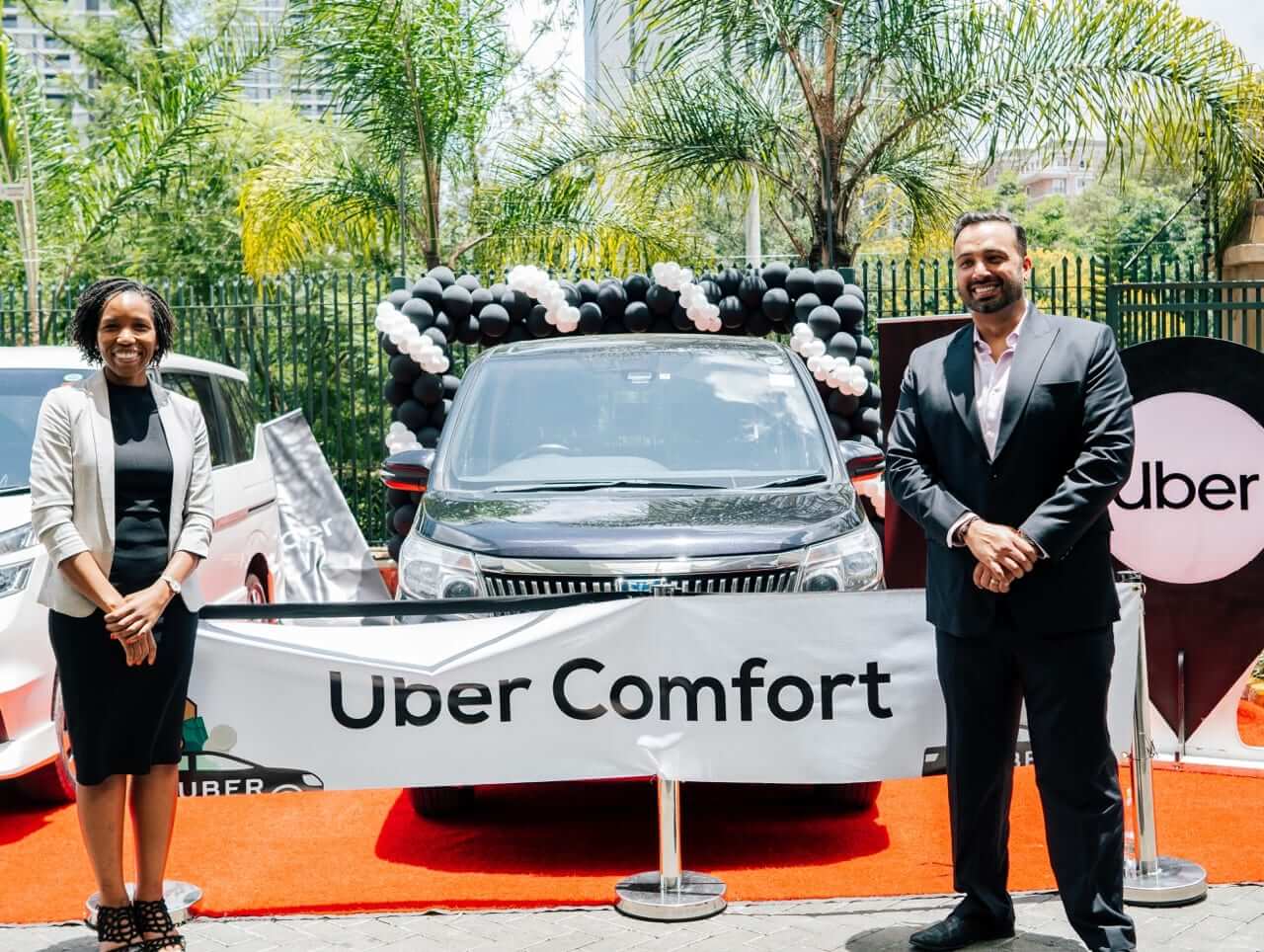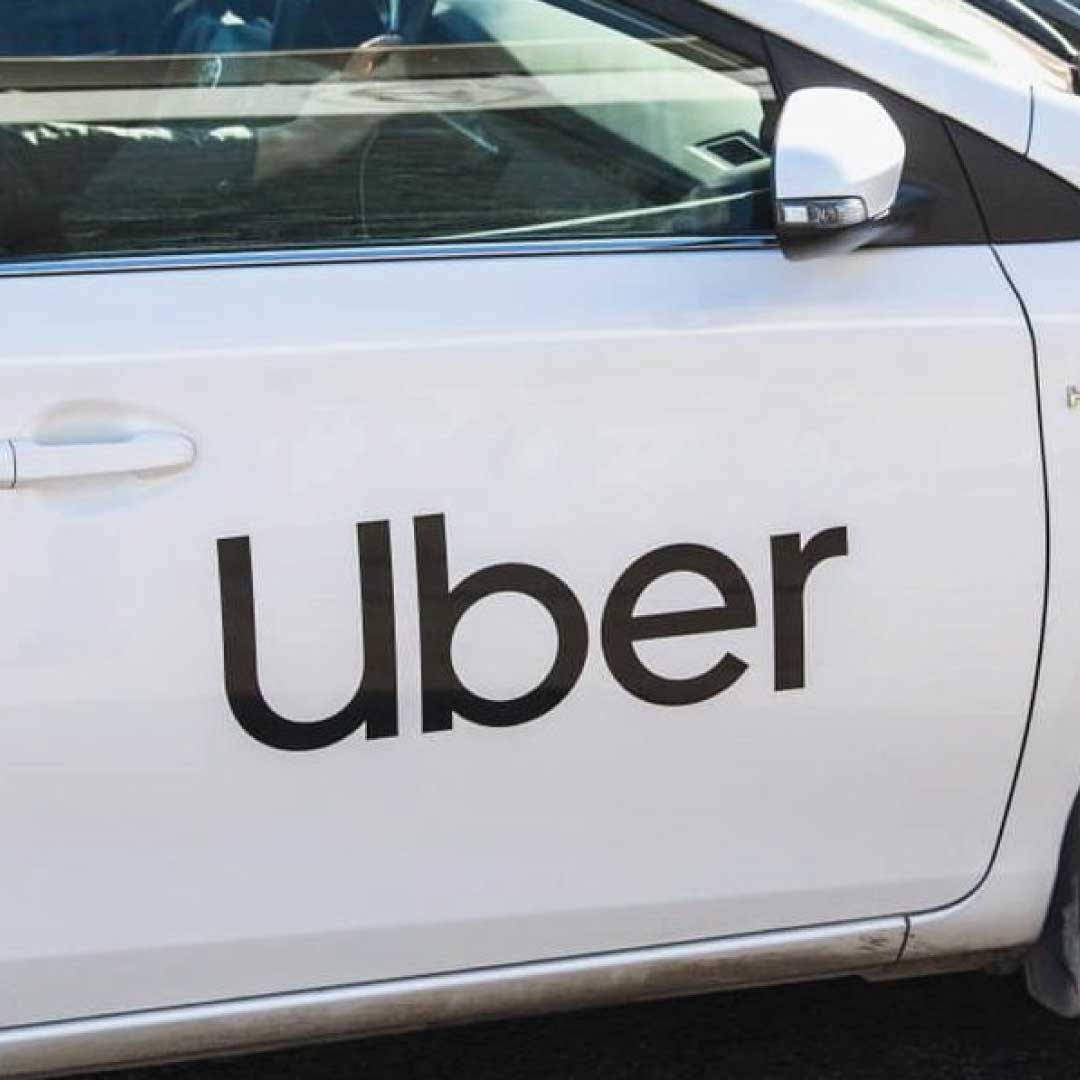The taxi industry is expected to significantly transform in the upcoming years due to shifting consumer tastes, technology developments, and new market demands.
There are now luxury car names that offer taxi services worldwide, and Kenya is no exception.
Uber Comfort is a premium trip service that offers users access to some of the newest vehicles available on the Uber network.
For now, though, Kenya won’t have SUVs and luxury cars like Benz, Tesla, and Lexus taking over the roads like they do in more developed countries.
Read also: Uber and Bolt Drivers Stage Protests in Kenya
According to Imran Manji, who is in charge of Uber East Africa, there is no need for that level of luxury in Kenya right now.
“Maybe in the future,” Manji said, “but for now, we only have bigger and newer seven-seater cars to offer.”
With their easy-to-use mobile apps and low prices, ride-hailing services have become a disruptive force that is putting standard taxi companies to the test.
The need for on-demand transportation options is fueled by growing urbanisation and the gig economy, causing an increase in ride-hailing businesses globally.
Uber Comfort debuted worldwide and in SA
Internationally, Uber Comfort is now offered in South Africa, Ghana, and the Ivory Coast. In Sub-Saharan Africa, it is also available in Kenya.
“When we launched Uber Comfort in Nairobi, we gave our pickiest customers a modern, roomy, and customisable way to get around the city. We also gave drivers more ways to make money,” Manji said.
According to Uber’s local service, riders can customise their rides to meet their specific needs, such as choosing the temperature of the car and the type of conversation they want.
In contrast, the company says that trips booked through Uber Comfort will cost slightly more than trips made through UberX.
The higher price represents the extra comfort and customisation options that Uber Comfort riders get.
The Global Taxi Market was worth $203.16 billion in 2022, but it’s expected to reach $618.11 billion by 2031, rising at a rate of 13.16% per year from 2024 to 2031 as the ride-hailing market grows.
















